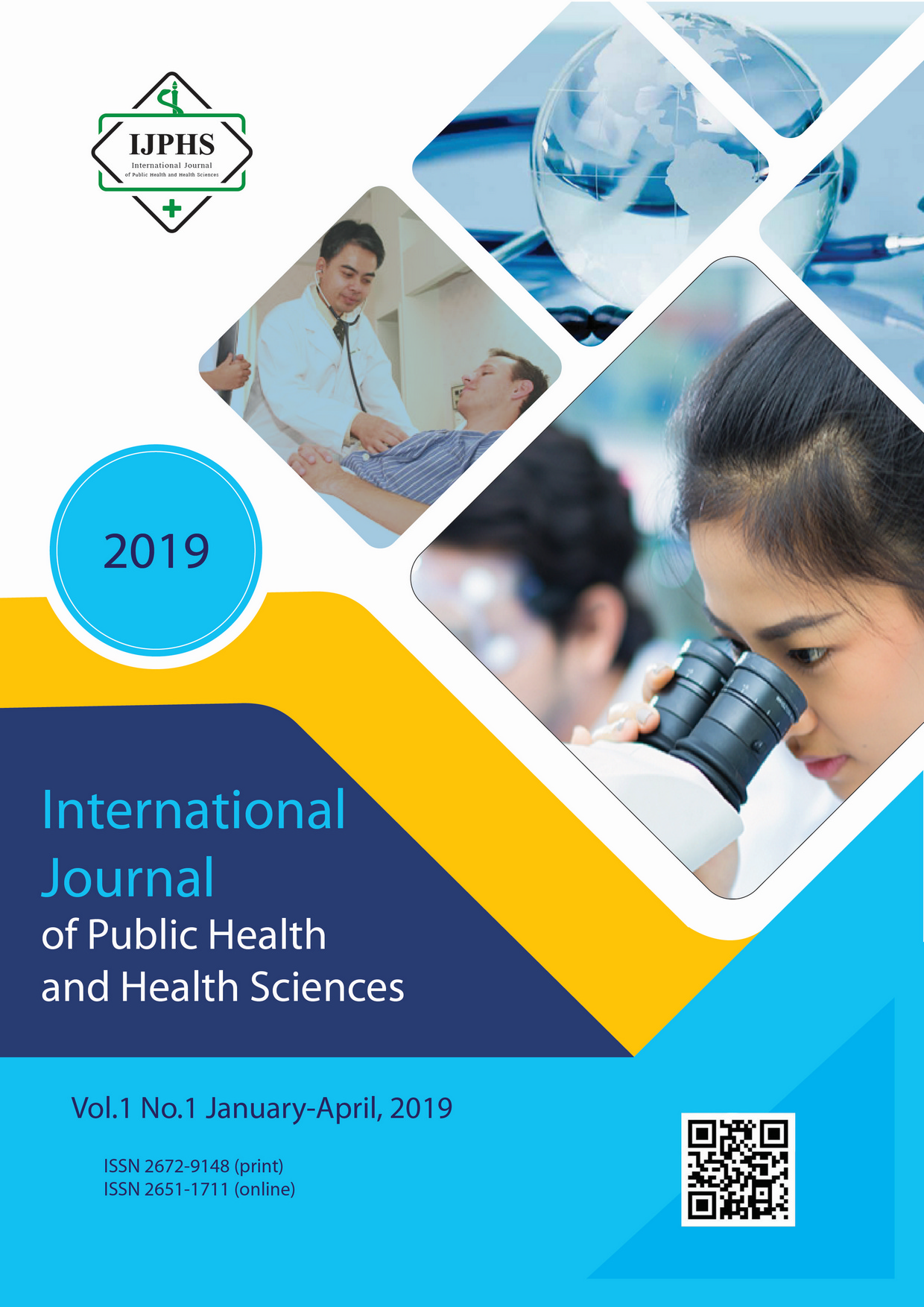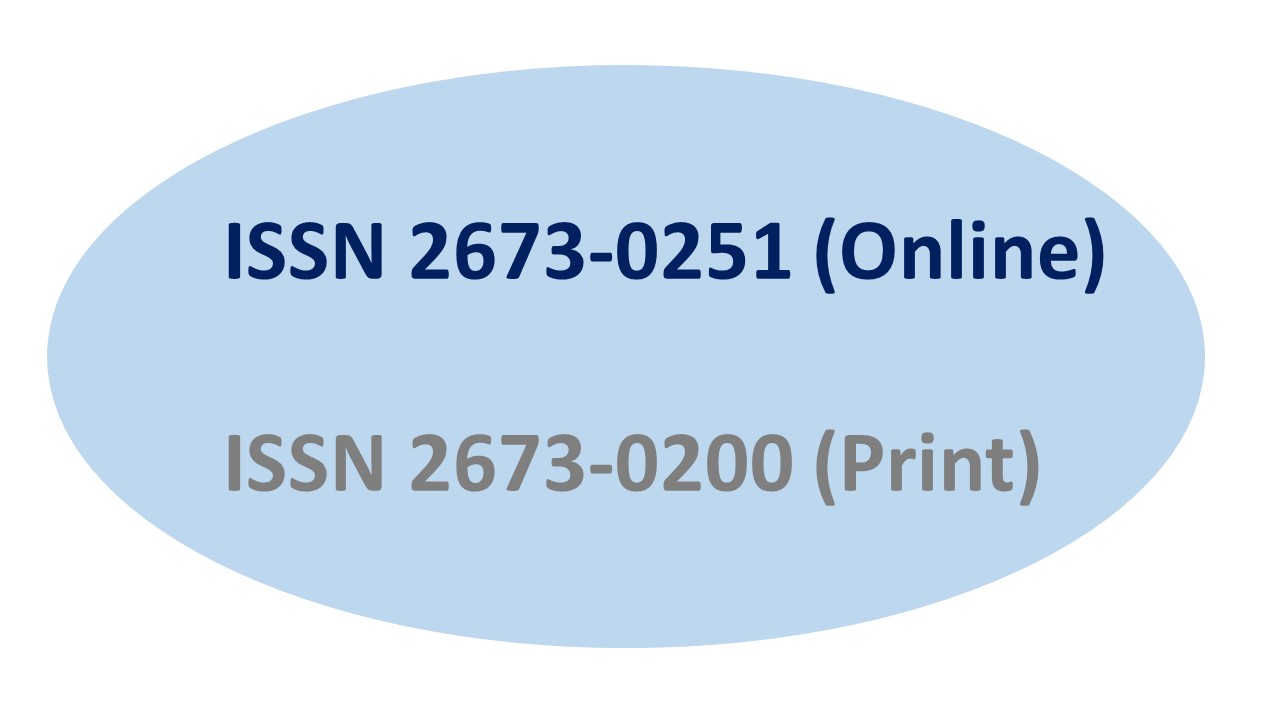Factors Influencing Innovative Management of In-Patient Departments among Community Hospitals, Ministry of Public Health
Keywords:
Innovative Management performance, Knowledge creation, Nursing unit, Community HospitalsAbstract
Background: Innovative management of in-patient department has played a crucial role in developing quality nursing services and outcomes as well as enhancing patient safety. Consequently, factors affecting innovative management should be determined. Objectives: This descriptive study aimed to examine outcomes and analyze factors influencing the innovative management of in- patient departments. Methods: Head nurse who have at least three- year experience in the management of in-patient departments in community hospitals were selected using stratified sampling and simple random sampling techniques. Data were conducted using questionnaires regarding the topics of knowledge creation and innovative management performance with reliability at 0.87 and 0.91 respectively, as well as personal information. The data were analyzed using percentage, mean, standard deviation, and Pearson correlation coefficient as well as stepwise multiple regression analysis. Results: The study revealed that the mean of knowledge creation, overall of innovative management performance, the compositions of knowledge creation as well as innovative management’s performance of in- patient departments were high. Factors including knowledge creation, experiencing the training of knowledge management and experiencing research related to innovation were statistically significant with outcomes of innovative management (p-value < 0.01). In addition, these factors could collaboratively predict 48.7 percent of innovative management performance. Conclusion: Nursing administrators should impose policy and create action plans to enhance the skills of head nurses of In-Patient Departments such as creating new knowledge in wards and encouraging head nurses to conduct innovative research and training regarding knowledge management. Consequently, these will result in effective and efficient innovative management of In-Patient Departments
References
https://www.hbs.edu/faculty/Publication.pdf;2013.
Bureau of Nursing, Ministry of Public Health. National nursing service strategy. Nonthaburi: Veterans
Affairs Organization; 2012. (in Thai).
Drucker, P.F. Post-capitalist Society. New York: Harper Business; 1993.
Chanocha, P. Policy statement of the Council of Ministers. Bangkok: Cabinet and Royal Gazette
Publishing office; 2015. (in Thai).
Hair, J. F., Black, W. C., Babin, B. J., Anderson, R. E& ham Ronald L. Multivariate Data analysis. 7th
ed. New Jersy: Prentice Hall; 2010.
Hughes, F. Nurses at the Forefront of Innovation. International Council of Nurses, Int Nurs Rev J. 2006;
53: 94-101.
Jirapaet, V. Guidelines for the development and design of nursing innovations. Proceeding of the
National Conference on nursing innovation for sustainable quality development; 2010 May 15- 16; Bangkok: SD
Avenue Hotel, 2010. (in Thai).
Klangtamniam, K. Nursing Service Innovations. J. of Phrapokklao Nursing College, Chanthaburi. 2012;
22 (2): 71-9. (in Thai).
Li, Y., Zhou, Y., & Liu. The Relationship between HRM, Technology innovation and performance in
China. International Journal of Manpower. 2006; 27(7): 679-96.
McGregor, J. The world’s most innovative companies; Retrieved December 10, 2015, from
https://www.bloomberg.com/bw/stories/2007-05-04.
Nonaka, I. & Takeuchi, H. The Knowledge-Creating Company: How Japanese Companies Create the
Dynamics of Innovation? New York: Oxford University Press; 1995.
Berraies, S., Chaher, M., & Yahia, K.B. Knowledge Management Enablers, Knowledge Creation Process and
Innovation Performance: An Empirical Study in Tunisian Information and Communication Technologies Sector.
Business Management and Strategy. 2014; 5(1): 1-26.
Nursing Organization. Report of Nursing Indicators. Community Hospitals, district 6 (Unpublished);
2015. (in Thai)
Oecon, B. W. A. Employee innovation behaviour in health care: The influence from management and
colleagues. Int Nurs Rev. 2006; 53: 231-7.
Prajogo, D.I., & Ahmed, P.K. Relationships between innovation stimulus, innovation capacity, and
innovation performance. R & D Management. 2006; 36(5): 499- 515.
Smith, M., Busi, M., Ball, P., & Meer, R. Factors Influencing an Organizations ability to Manage
Innovation: a Structured Literature Review and Conceptual Model. International Journal of Innovation
Management. 2008; 12: 655-76.
Schulze, A. & Hoegl, M. Organizational knowledge creation and the generation of new Product ideas: A
behavioral approach. Res Policy. 2008; 37: 1742–50.
Sristhitnarakul, B. Development and Quality Assurance of Research Instruments: Psychological
Measurement Qualities. Bangkok: Chulalongkorn University Press; 2012 (in Thai).
Tidd, J and Bessant, J. Management innovation. (5th ed). West Sussex: Wiley; 2014.
Downloads
Published
Issue
Section
License
If the manuscript is accepted for publication, copyright of the article shall be assigned to the IJPHS. After acceptance of a manuscript, the authors will be requested to complete a copyright transfer agreement form







